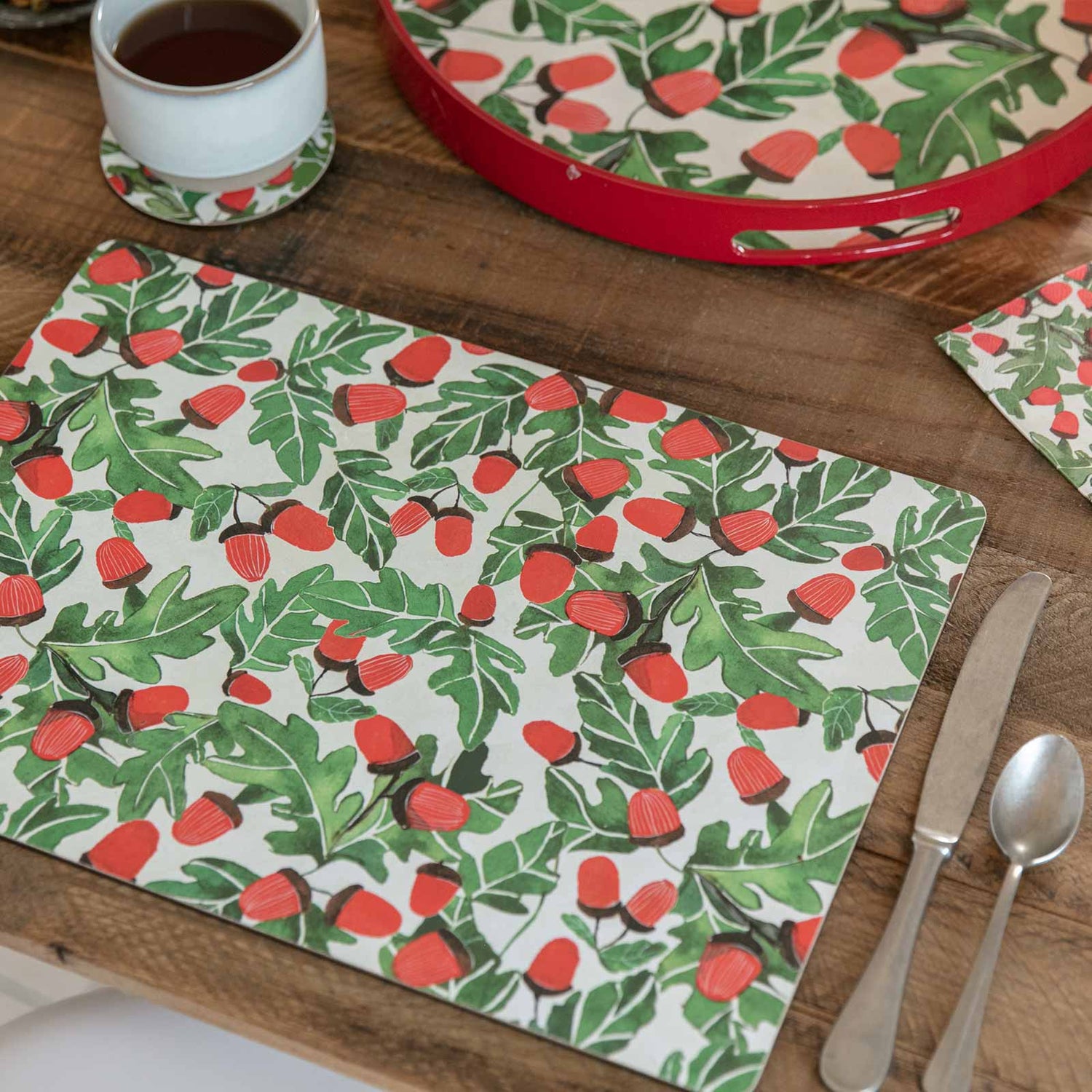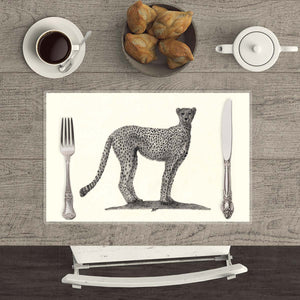Unique Art - An Overview
Unique Art - An Overview
Blog Article
About Unique Art
Table of ContentsThe Greatest Guide To Unique ArtUnique Art Fundamentals ExplainedExamine This Report on Unique ArtThe Ultimate Guide To Unique Art
While one may debate which art type holds priority, the reality remains that each of these seven types provides an unique window into human history, culture, and advancement. They are the tapestries that chronicle our journey, advising us of our past while motivating visions for the future.Great art work informs a story, makes people look twice, and develops an one-of-a-kind experience that can't be matched. Art and pictures connect every one of that through color, shape and various other design components. Find out just how to make your unique artwork stick out from the group.
3 Emil DervishIn this entryway by Emil Dervish that stunning cobalt blue door takes the program. To bring a lot more drama, he extended the paint. to the doorframe and the wall surface up, finishing in an arched form. The contours, together with a round sconce, soften the sides - Unique Art. Frameworks vintage posters and maps of beloved places set the scene.
8 TRIA GIOVANEqual parts grand and laidback, this entrance hall developed by Anthony Baratta is the best blueprint to comply with if you're decorating an official entryway that still feels unfussy and comfy. Formed textiles take spotlight (see the rugs and the couch), yet they additionally assist bring the high ceilings to a human scale when hung over wallpaper.
The 2-Minute Rule for Unique Art
18 Heidi Caillier DesignA gallery wall surface doesn't require to take up the whole area. Occasionally a small one can make a bigger style declaration. In this living space, Hiedi Caillier decided for micro-mini frameworks and an arbitrary structure.
, the expression of ideas and feelings, with the production of particular visual qualities, in a two-dimensional aesthetic language. The elements of this languageits forms, lines, colours, tones, and texturesare made use of in various means to produce experiences of volume, room, motion, and light on a level surface. These aspects are integrated into expressive patterns in order to stand for real or superordinary phenomena, to analyze a narrative motif, or to develop wholly abstract visual connections.
Later on the idea of the "great artist" created in Asia and Renaissance Europe. Popular painters were managed the social standing of scholars and courtiers; they signed their job, chose its layout and often its subject and images, and established an extra personalif not always amicablerelationship with their customers. Throughout the 19th century painters in Western societies began to shed their social placement and secure patronage.
The smart Trick of Unique Art That Nobody is Talking About
Others gained an earnings with exploring exhibits of their work. read the full info here The requirement to appeal to an industry had actually replaced the similar (if less impersonal) demands of patronage, and its impact on the art itself was most likely similar. Typically, artists in the 20th century can get to a target market just with industrial galleries and public galleries, although their job might have been sometimes replicated in art periodicals
For the history of paint in ancient Egypt, see Egyptian art and architecture. The development of paint in different areas is dealt with in a number of short articles: Western painting; African art; Central Asian arts; Chinese paint; Islamic arts; Japanese art; Korean art; Indigenous American art; Nautical art and architecture; South Asian arts; Southeast Asian arts. For a discussion of the imitation of jobs of art, see forgery. For a conversation of the duty of paint and various other arts in faith, as well as of the use of spiritual signs in art, see religious importance and iconography. For details on other arts connected to paint, see articles such as drawing; individual art; printmaking. It is the sense of inevitability in this formal organization that provides a great paint its self-sufficiency and existence. The colours and placing of the major images in a layout may be in some cases greatly chosen by representational and symbolic considerations. Yet it is the formal interplay of colours and forms that alone can communicating a certain mood, generating optical feelings of room, volume, activity, and light and creating forces of both consistency and stress, also when a painting's narrative meaning is rare.
Don't duplicate the design of various other musicians visit the website if you're searching for your design. Copying various other individuals's artwork can be great in educational purposes however it will not make you closer to locating your very own one-of-a-kind design. Your artistic style needs to be, what you basics such as and what influences you.

Unique Art for Dummies
You need to attempt lots of different options and discover everything prior to you can concentrate on one specific style or you'll be bored, or worse, you'll despise your very own style. I suggest you to try every single topic that you're interested in, check out as much as you can. Attempt different mediums that delight you and brand-new techniques you've never tried before.
With time you'll be able to sort every one of them right into your favorite and the very least favorite classifications. Try to concentrate your interest on the subjects and mediums that you like and before you see it coming you'll have your very own personal and distinct design, like no person else have! In the end you'll have a few preferred topics to paint and perhaps a couple of favorite tools.

Report this page